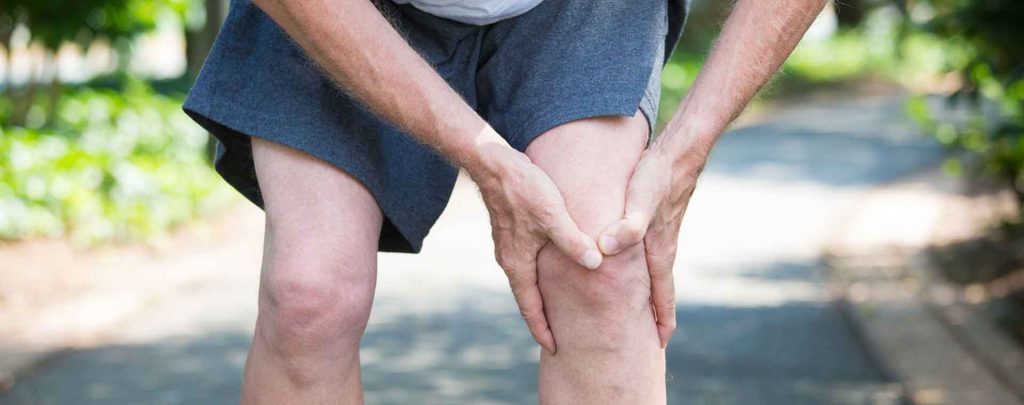Knee pain – Most people suffer from knee pain, at some point in life, no matter what their occupation. About 50% of people can develop osteoarthritis by age 85. Daily stress on the knee causes general deterioration and damage to a healthy joint. All of this together causes knee pain that can be debilitating for patients; simple movements such as crossing your legs also seem like a daunting task.
Knee pain can be prevented in one area, or it spreads throughout the knee. It often leads to physical restraint.
Symptoms of knee pain:
The severity of knee pain may range from mild to severe depending on the cause. If your knee pain is due to an infection or swelling, then you will have redness and swelling with knee joint and pain. If the pain is caused by a fracture, then your symptoms are limited to a certain area.
You may have difficulty walking because of unstable knees. You may have a limp due to discomfort in your knees. A ligament injury can make it difficult to climb and go down stairs. Loosening or extension of the knees becomes more painful due to joint stiffness.
Causes of knee
You may experience joint pain if you have been injured or have broken a knee joint due to a fall or mechanical collision. Injuries are common in people who play sports. Removal of the knee joint is possible due to motor vehicle accidents and requires immediate medical attention.
Medical conditions such as arthritis and gout also cause knee pain – Arthritis occurs due the degeneration of bone and other supporting tissues in the joint. It is especially true of the elderly, and of those who are overweight. Gout is a type of arthritis that occurs as a result of the accumulation of uric acid crystals in the knee. In some cases, congestion of your knees can be contagious, leading to pain, redness, and swelling. This is called septic arthritis.
Treatment
You may not always be serious about knee pain unless it is due to an injury or due to medical conditions such as arthritis. Left untreated, it can lead to increased pain and joint damage, making you more prone to future injuries. There are several treatments for knee pain. However, very few of them provide immediate assistance. Here are a few solutions:
RICE Treatment – Relaxation, Ice, Compression, Elevation
All you have to do is rest your feet. Do not do strenuous exercises or activities for at least a week.
Apply a bag of ice or cold pads to your knees for 20 minutes every time you do. To avoid freezing of the joint, wrap a packet of ice with a towel. To follow this, fasten the knee with a pressure bandage and be careful not to block the knee spread. Congestion reduces inflammation of the joints. While relaxing, keep the foot raised for the first day only. Elevation helps to control joint inflammation.
Cold compressions can be replaced with a hot compress for chronic pain management.
Exercise and stretching
Close the knee joint and place the towel tied in the middle and up as much as possible. Now sit down on a chair and give the joint a slight squeeze. Make a deal and relax while doing this. This 2 minute stretch can give you instant relief from pain.
You can hold the pillow between your knees and press it for 5 seconds. Repeat this ten times and the results are quite visible.
Home Remedies
If your pain is mild to moderate, usually with the spine, minor injuries, swelling, etc. Then you can go to home remedies for immediate relief. But before trying home remedies, you should talk to your doctor.
Tea is very effective in relieving knee pain and associated inflammation. Lemon juice is also found to be effective in treating knee pain due to infection. Citric acid dissolves uric acid crystals that relieve pain.
